

What are the health benefits of birch? How does it impact our body? Which uses maximize its effects?
Its botanical name comes from ancient Celtic: “Betula” and the most famous species is “paper birch”, which is called “Papyfera”.
Its environmental role needn’t be presented: it gives shade to nearby trees and plants, and controls erosion by locking up soil against foul weather.
Birch has long been considered a medicinal tree, and what makes it a bit surprising is that all portions of the tree can be used to some degree: leaves, bark, sap, and buds.
Quite a famous tree, birch has had a long and fruitful history of interactions with mankind.
It contributed to the development of tribal culture in North America.
Since immemorial times, American Indians have used birch to protect their food, wrapping it in bark, and it also has other very useful properties.
Indeed, since it resists rot and is easily flammable, it is perfect to start a fire after a heavy rain, and slabs of wood underneath your foot in your shoe made for insulation against the cold.
In Europe, the tree was sacred and symbolized spring and young maidens. The branches, wrought together in the form of wedding torches, were burned on the wedding day: it was said it brought happiness to the couple who got married.
In addition, its diuretic properties and purifying activity were much appreciated in the Middle-Ages. In case of water retention and joint pain, birch was prescribed to alleviate suffering in patients: it helped them get rid of excess fluids.
The bark, leaves, sap and buds of birch all have medicinal benefits. Learn to know them, respect doses when using them, and you’ll benefits from the help they share.
Let’s take a look at what each portion of the tree can do for us…
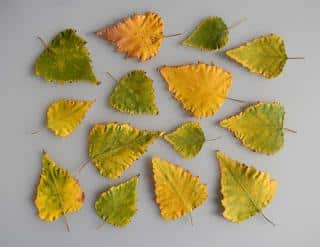
Whether it be to treat hydropsy or other types of urinary infection, a leaf infusion is an excellent remedy.
Thanks to these properties, birch leaves help eliminate uric acid and help drain out edema and gout.
They also help alleviate pain during bouts of arthritis and rheumatism.
One more therapeutic benefit is the prevention of urinary stones. Obese persons and those who wish to reduce cellulitis can also follow a course.
In cosmetics, birch leaves are added when rinsing hair: it is said to reduce hair loss and prevent dandruff. The very thin birch leaves can be used directly as an antiseptic dressing for a wound.
Harvested in spring by chiseling away a slice of bark, birch sap is a powerful detoxifier and diuretic.
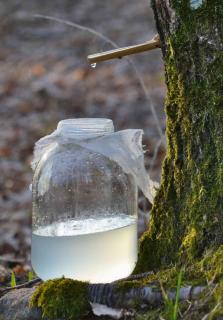
North American natives drank it as a tonic in spring, and on other continents fresh birch sap is a time-proven remedy against the common cold.
Applied topically, it helps fend off skin rashes and various other skin diseases. When taken together with leaves, bark and buds, sap becomes an excellent antiseptic.
It’s often recommended in case of arthritis, joint pain, and as a lotion for chronic skin diseases (eczema, …).
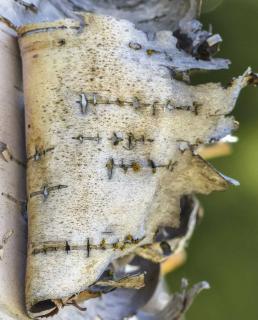
In powdered form, bark also serves to produce a very effective ointment against minor wounds.
In the medical field, swelling of lymph nodes has been successfully treated with birch buds.
Steep for 10 minutes, and then add 0.03 ounces (1 gram) of baking soda. Filter and drink 3 cups a day.
During bouts of rheumatism, prepare a bedding of fresh leaves heated up in an oven and then spread over your bed. Cover with a cotton bedsheet and lay down on top of it: it’s one of the best relaxants ever!
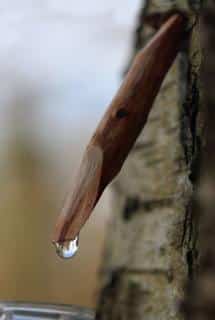 Drink a small glass of birch sap before every meal. This will help alleviate pain due to arthritis, rheumatism, gout and edemas. You’ll be amazed at the results of this detoxifying course.
Drink a small glass of birch sap before every meal. This will help alleviate pain due to arthritis, rheumatism, gout and edemas. You’ll be amazed at the results of this detoxifying course.Birch sap decoction can also be ingested on an empty stomach for 2 or 3 weeks.
>> 1 glass in the morning is enough.
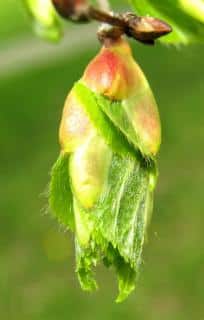
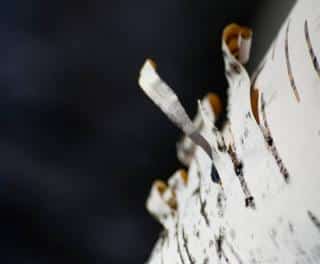 For ingestion, prepare your bark beforehand by turning it into powder. Count out 1 teaspoon of powder for every glass of water, and boil it all together for about 10 minutes.
For ingestion, prepare your bark beforehand by turning it into powder. Count out 1 teaspoon of powder for every glass of water, and boil it all together for about 10 minutes.For external use, mix about 1½ ounces of bark (40 to 50 g) in 2 quarts of water (1 liter). Boil.
For more information, ask your consulting physician for advice.